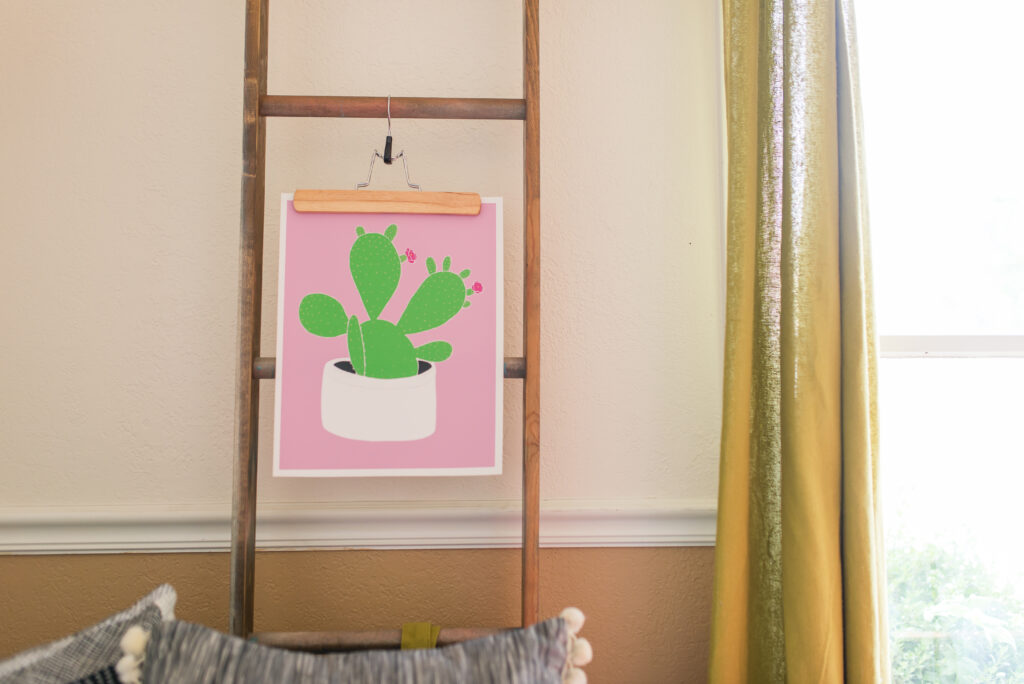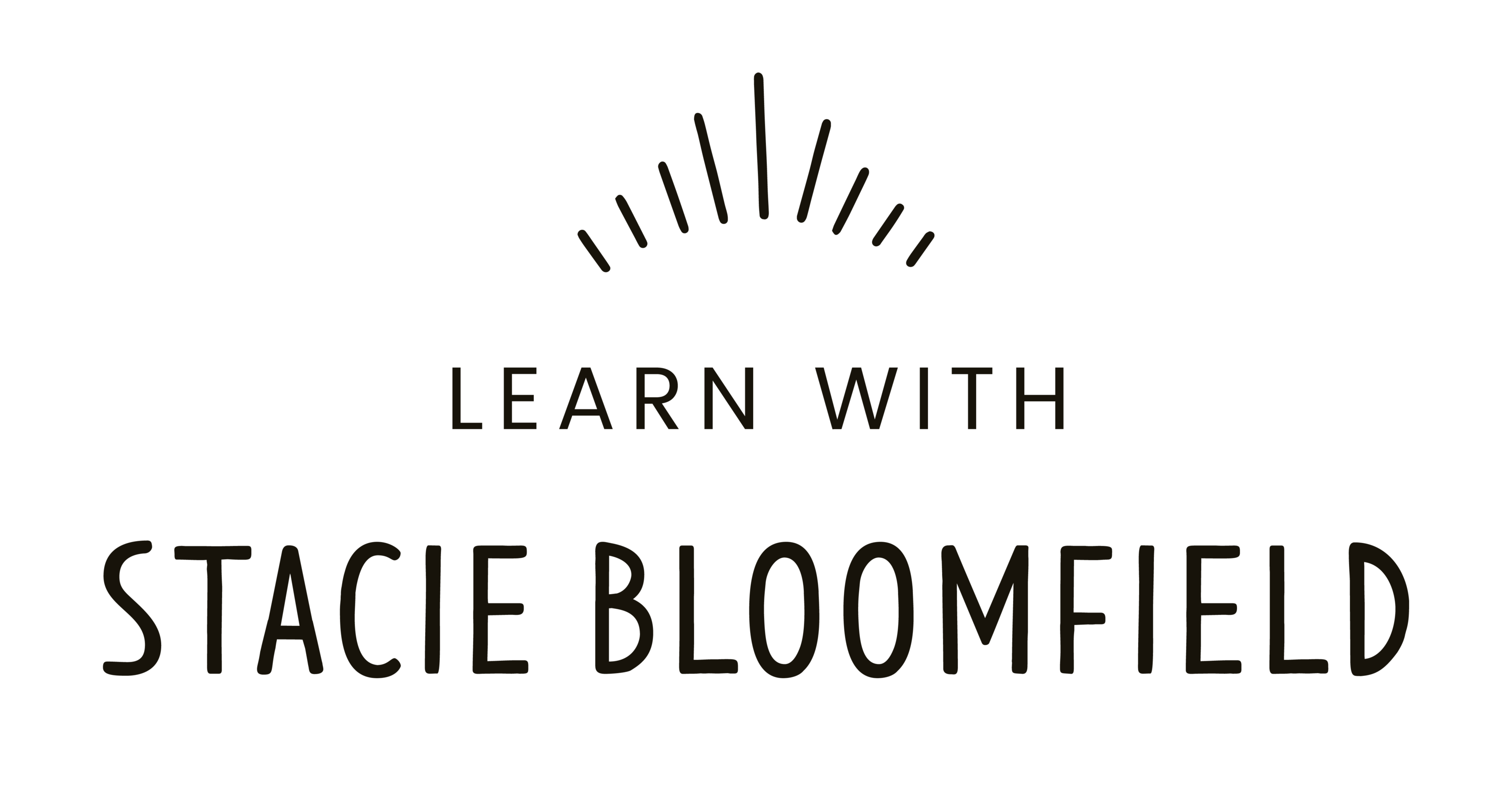This website uses cookies so that we can provide you with the best user experience possible. Cookie information is stored in your browser and performs functions such as recognising you when you return to our website and helping our team to understand which sections of the website you find most interesting and useful.
Hey, friend!
I'm Stacie Bloomfield
I am the owner and illustrator of Gingiber. I have been an illustrator for 15+ years and have successfully sold my artwork across several categories such as art licensing, wholesale, direct to customer sales, direct downloads, books, teaching, and more. I cannot wait to teach you how to do the same!
Categories
Welcome back to the blog! If you’re reading this, it’s because you want to grow your business and become a full-time professional artist, and I’m happy to keep sharing my advice on how to make your art into a dream career.
I recently posted about 6 Ways to Share Your Art Online in 2024 — if you haven’t read it yet, don’t miss out! I’ve already heard from artists about how it’s helped their art businesses. Today we’re going to talk about some more methods of helping your art reach a wider audience.
While using online platforms to share your art is a great way to reach your target audience, the best way to get your art to the right people and develop a successful art career is to build relationships in the art world.
In-person networking can help you get licensing deals, introductions to art directors, and collaborations, and it doesn’t have to be scary! There are various ways to find artistic community with low-stakes social opportunities. Networking can help you share your art with a broader audience and create meaningful connections that can help promote your work. It can also help you learn from others, gain new ideas, and find potential buyers or collaborators.
The first step to any in-person networking is knowing what to look for. So, let’s talk about the types of opportunities successful artists use to share their art and build community.

8 Ways to Share Your Art in Real Life
1. Local Arts Organizations: Join a local arts organization and see if it’s a good fit for you! They often have resources, events, and connections that can help you network with other artists and art enthusiasts.
2. Art Collector Events: Search for or organize events aimed at art collectors, such as private viewings, art talks, or dinners. These events are a great place to meet collectors and other artists.
3. Studio Visits: Host invite-only studio visits for potential clients. This allows collectors and art lovers to see your work in person and get to know you better.
4. Community Art Shows: Collaborate with fellow artists to organize community art shows. These events can be traveling exhibits or local shows where you can display and sell your work to art buyers.
5. Professional Networking Events: Attend professional networking events, but focus on forming genuine connections based on common interests and passions rather than just trying to sell yourself. You might be surprised how many people you click with!
6. Workshops and Classes: Participate in or teach workshops and classes. These settings provide a more relaxed environment to meet and collaborate with other artists while learning new things.
7. Local Galleries and Exhibitions: Get involved with local galleries and exhibitions. These venues often host opening receptions and other events where you can meet other artists and art lovers.
8. Art Fairs and Festivals: Participate in art fairs and festivals! These events are a fun way to share your original artwork, as they attract a wide range of people interested in art. They offer a low-pressure setting to make friends, hand out business cards, and help your art reach new audiences.
By finding creative ways to meet other visual artists, you can build meaningful relationships and expand your network within the art community while encouraging your creative process. It can drastically expand your skill set to create and grow your business alongside peers who are doing the exact same things and facing the exact same struggles.
Looking for more opportunities to engage with fellow artists? Join the waitlist for my course, Leverage Your Art, where I’ll teach you to grow your art business within a community of your peers. It’s amazing to see how much we can accomplish when we work together!
